NASA first confirmed the planet around a sun-like star and later found some interesting exoplanets. Some of these are rocky, some are gaseous and some are very, very cold. But there’s one thing each of these strange new worlds has in common: All have an advanced scientific understanding of our place in the cosmos. Let's check out along with artist’s concepts depicting what they might look like.
Kepler-186f
Kepler-186f was the first rocky planet to be found within the habitable zone, the region around the host star where the temperature is right for liquid water. This planet is also very close in size to Earth. Even though we may not find out what’s going on at the surface of this planet anytime soon, it’s a strong reminder of why new technologies are being developed that will enable scientists to get a closer look at distant worlds.
HD 209458 b (nickname “Osiris”)
The first planet to be seen in transit (crossing its star) and the first planet to have its light directly detected. The HD 209458 b transit discovery showed that transit observations were feasible and opened up an entirely new realm of exoplanet characterization.
Kepler-11 system
This was the first compact solar system discovered by Kepler, and it revealed that a system can be tightly packed, with at least five planets within the orbit of Mercury, and still be stable. It touched off a whole new look into planet formation ideas and suggested that multiple small planet systems, like ours, may be common.
Kepler-16b
A real-life “Tatooine,” this planet was Kepler’s first discovery of a planet that orbits two stars what is known as a circumbinary planet.
51 Pegasi b
This giant planet, which is about half the mass of Jupiter and orbits its star every four days, was the first confirmed exoplanet around a sun-like star, a discovery that launched a whole new field of exploration.
The first super-Earth identified as a rocky exoplanet, this planet proved that worlds like the Earth were indeed possible and that the search for potentially habitable worlds (rocky planets in the habitable zone) might be fruitful.
A planet in the habitable zone and a possible water-world planet unlike any seen in our solar system.
Kepler’s first rocky planet discovery is a scorched, Earth-size world that scientists believe may have a lava ocean on its surface.
Kepler-444 system
The oldest known planetary system has five terrestrial-sized planets, all in orbital resonance. This weird group showed that solar systems have formed and lived in our galaxy for nearly its entire existence.
55 Cancri e
55 Cancri e is a toasty world that rushes around its star every 18 hours. It orbits so closely about 25 times closer than Mercury is to our sun, that it is tidally locked with one face forever blistering under the heat of its sun. The planet is proposed to have a rocky core surrounded by a layer of water in a “supercritical” state, where it is both liquid and gas, and then the whole planet is thought to be topped by a blanket of steam.

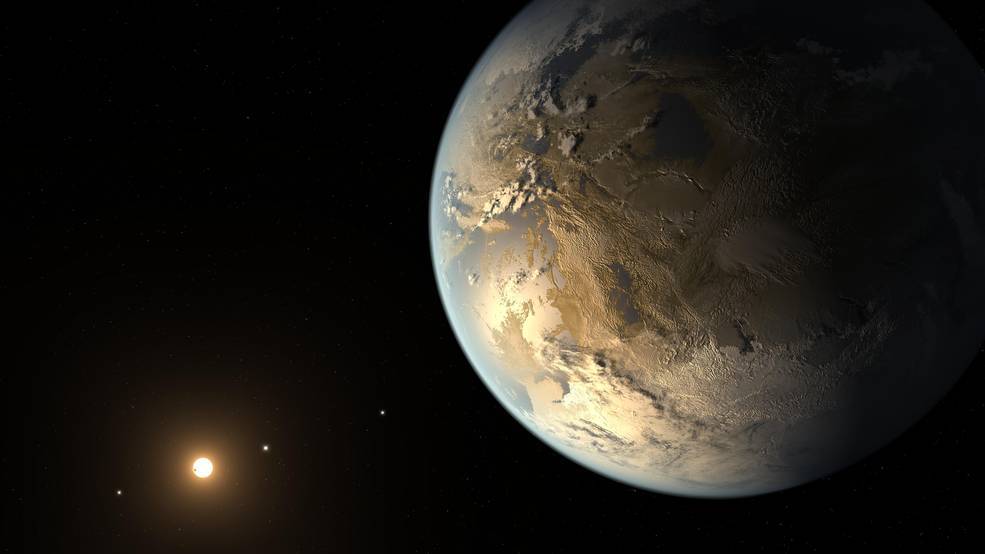
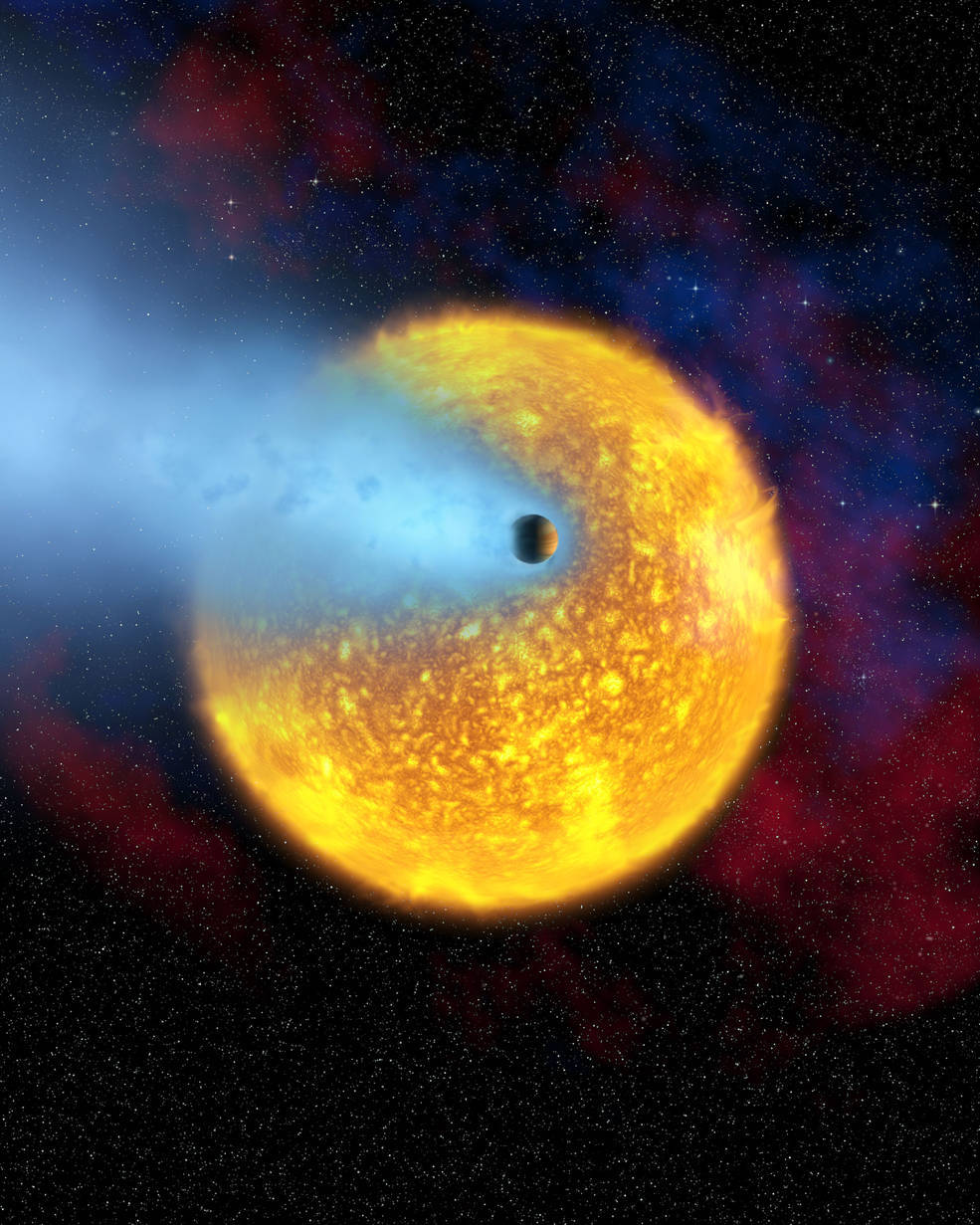

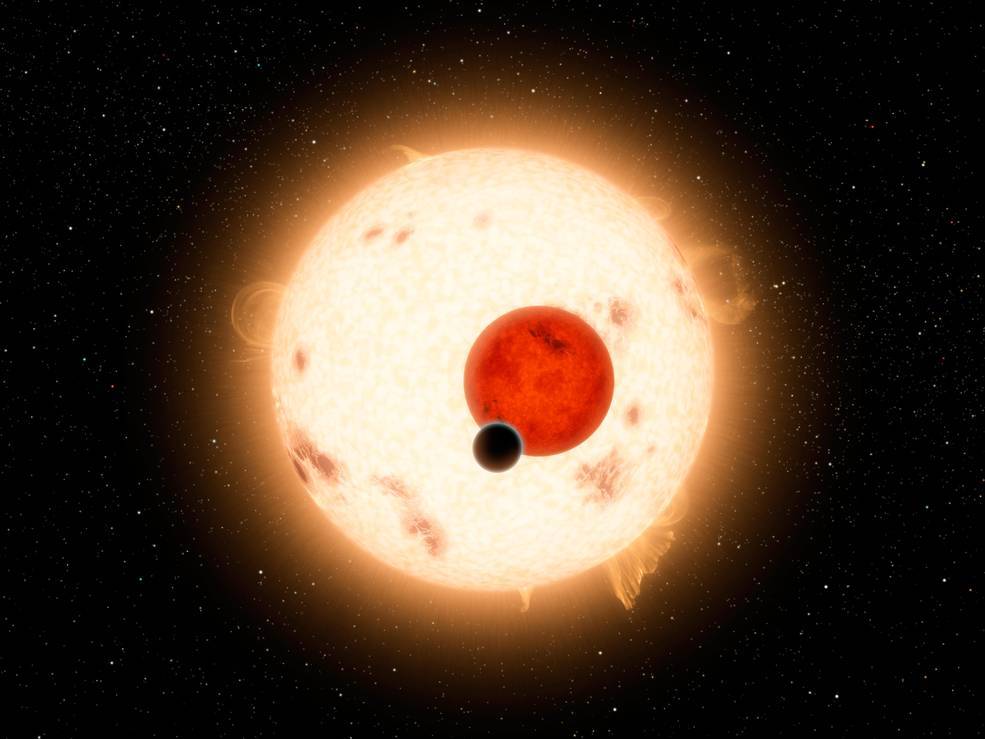


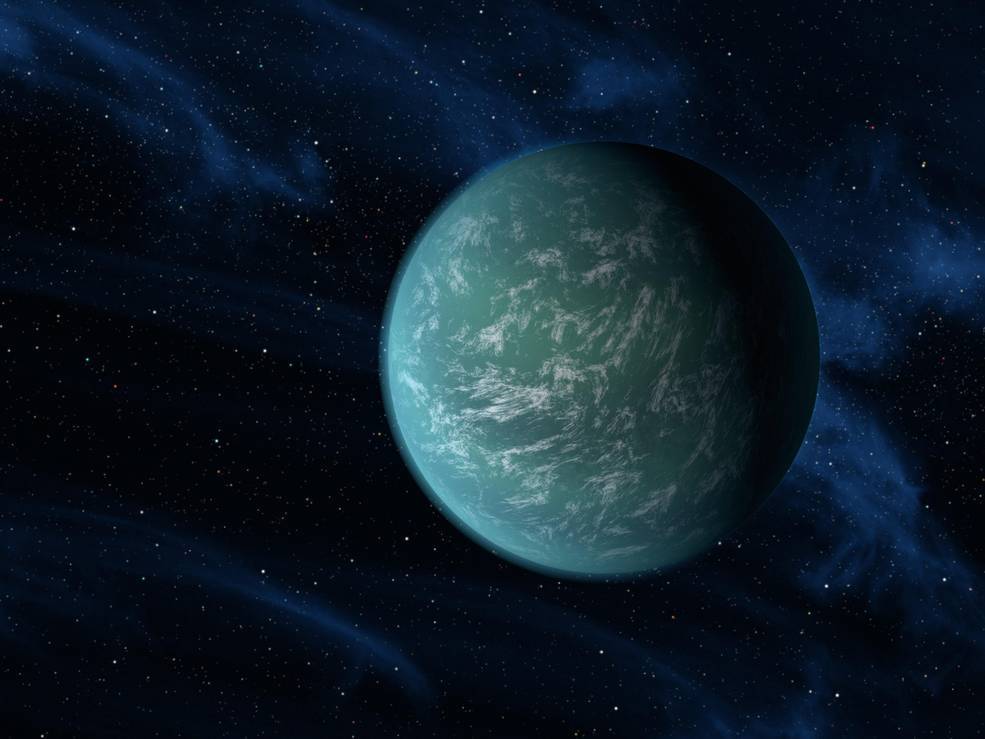

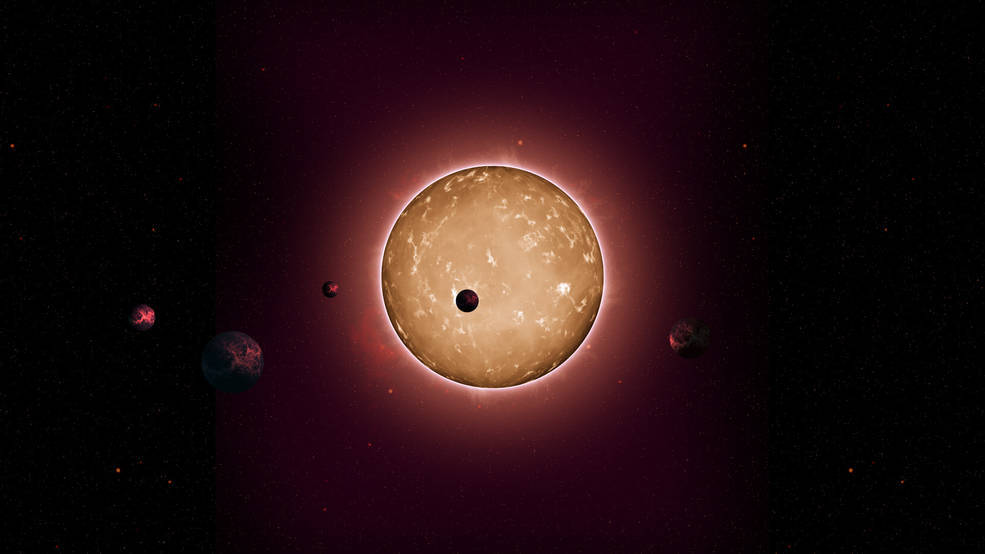
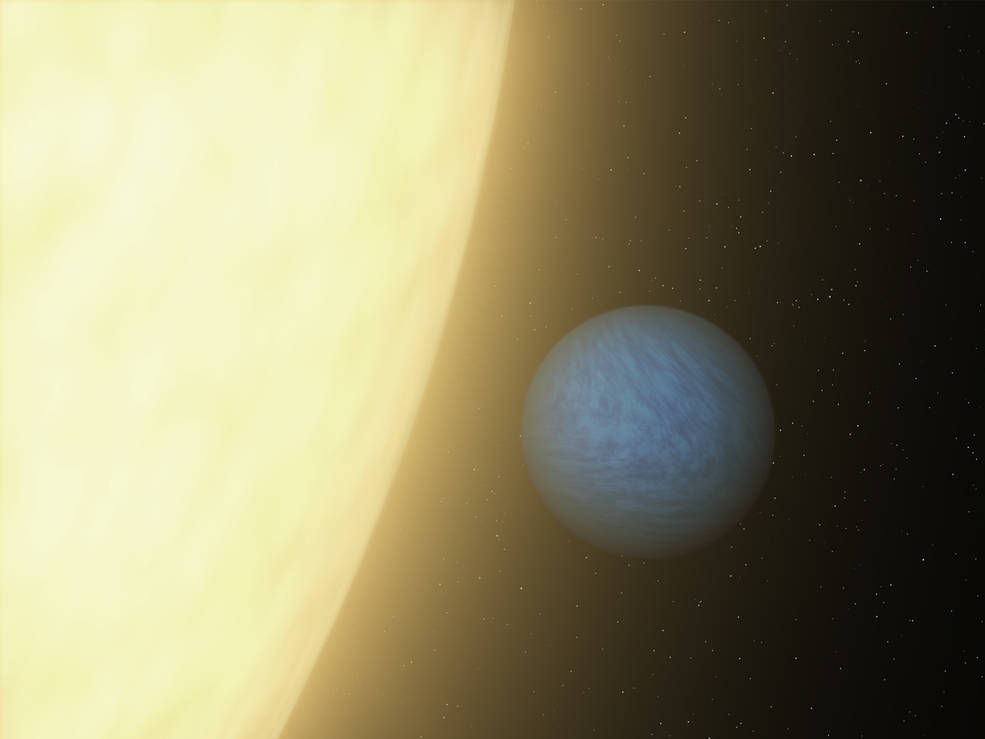


0 Comments